Blog

The Real Bottleneck in Your Honey Harvest: Why Your Uncapping Tool is Costing You More Than You Think
18 hours agoDiscover why your manual uncapping method is hindering your apiary's growth and profitability. Learn how the right tool can solve this critical bottleneck.
Learn More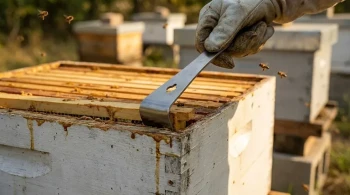
Engineering for Propolis: The Physics and Psychology of the Right Hive Tool
18 hours agoDiscover why a hive tool isn't just a pry bar. An analysis of the physics of propolis and the hidden operational costs of using makeshift tools.
Learn More
HonestBee Top & Bottom Bar Forming Machine: Precision Manufacturing for Beehive Frames
21 hours agoA specialized wood-forming solution for beehive frame manufacturers offering customizable precision cutting, end-shaping, and notching capabilities to enhance production efficiency.
Learn More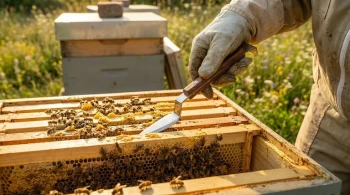
The Art of Intervention: A Systems Approach to Beehive Maintenance
22 hours agoEffective beehive maintenance is not a checklist, but a systems-thinking approach to managing colony health, space, and productivity.
Learn More
Beyond the Veil: The Physics and Psychology of Beekeeping Safety
1 day agoWorking with bees without a suit isn't bravery; it's a risk assessment of genetics, environment, and psychology. Here's the professional calculus.
Learn More
The Physics of Propolis: Why Your Hive Tool Choice Defines Your Apiary's Workflow
1 day agoBeyond prying boxes, your hive tool choice—standard vs. J-hook—is a strategic decision that impacts apiary efficiency and colony stress.
Learn More
How Controlled Disc Speed in Honey Dryers Preserves Quality and Prevents Spoilage
1 day agoLearn how controlled disc speed in honey dryers preserves quality and prevents spoilage by optimizing moisture levels for premium honey production.
Learn More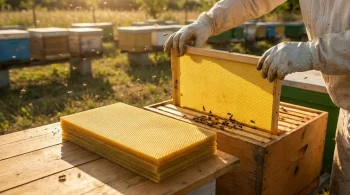
The Unseen Architecture: How Wax Foundation Engineers a Hive's Economy
1 day agoBeeswax foundation is a strategic tool that redirects a hive's energy from wax construction to honey production and colony growth.
Learn More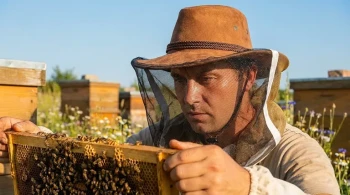
The Cognitive Burden of Poor Design: Why a Beekeeper's Veil Is More Than a Net
2 days agoA beekeeping hat is a system for managing cognitive load. Its design directly impacts a beekeeper's focus, safety, and efficiency in the apiary.
Learn More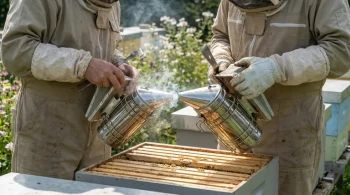
Your Bee Smoker Is a Communication Tool, Not a Hammer: Here's Why It Matters
2 days agoStop fighting aggressive hives. Learn the science of why bee smokers work and how the right equipment transforms apiary safety, efficiency, and profitability.
Learn More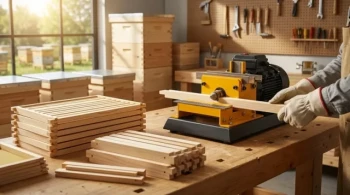
How a Desktop Frame Forming Machine Solves Beekeepers' Biggest Challenges
2 days agoDesktop frame forming machines solve beekeepers' space, quality, and cost challenges with compact, precision engineering for hobbyists to commercial apiaries.
Learn More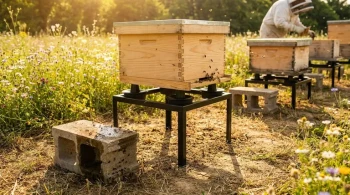
Beyond the Box: How a Simple Stand Prevents Compounding Failures in Beekeeping
2 days agoA beehive's base isn't just support; it's a system for pest, moisture, and ergonomic control. The right stand prevents cascading failures.
Learn More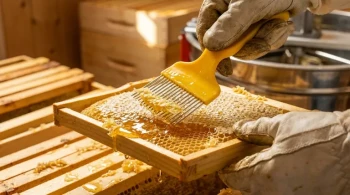
Precision Over Pace: The Strategic Role of the Uncapping Fork in Honey Harvesting
3 days agoExplore the uncapping fork's critical role in honey harvesting, where manual precision often outweighs automated speed for quality and control.
Learn More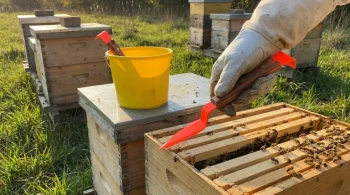
Why We Lose Hive Tools: A Systems Approach to a Simple Problem
3 days agoLosing hive tools isn't a personal failing; it's a systems failure. Learn the cognitive reasons behind it and build a workflow to prevent loss.
Learn More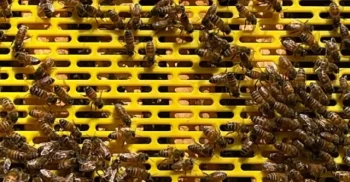
How Plastic Queen Excluders Improve Hive Longevity and Colony Health
3 days agoPlastic queen excluders enhance hive longevity, prevent pests, and support brood health—ideal for modern beekeeping efficiency.
Learn More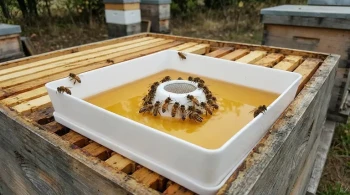
The Paradox of Care: How Bee Feeder Design Prevents a Silent Drowning
4 days agoA deep dive into top hive feeders, exploring the critical design choices that separate a convenient tool from a catastrophic drowning hazard for bees.
Learn More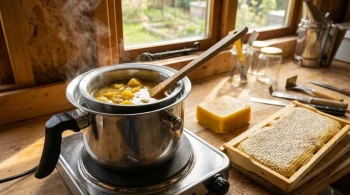
The Beekeeper's Paradox: Why Slow Heat Unlocks the True Value of Beeswax
4 days agoLearn why gentle, indirect heat is critical for melting beeswax safely and preserving its quality. The right melter depends on your specific needs.
Learn More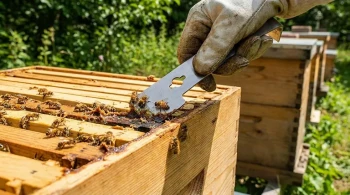
The Humble Bar of Steel: How a Hive Tool Unlocks the Colony
4 days agoA hive tool isn't just a lever. It's the key to overcoming bee glue (propolis), managing colony health, and making beekeeping possible.
Learn More
How to Optimize Your Bee Smoker: Fuel, Safety, and Maintenance Guide
4 days agoLearn how to optimize your bee smoker with fuel choices, ignition techniques, and safety tips for efficient, bee-friendly beekeeping.
Learn More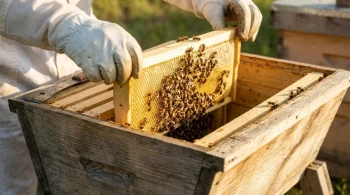
The Architecture of Instinct: Why Three Numbers Define a Beehive's Success
5 days agoDiscover the three critical measurements in hive design that respect bee space, prevent colony chaos, and ensure a functional, manageable hive.
Learn More
The Physics of Patience: Why Controlled Heat is Non-Negotiable for Beeswax
5 days agoMelting beeswax isn't about high heat, but control. Learn why gentle, indirect heat is essential to preserve quality and prevent fire risks.
Learn More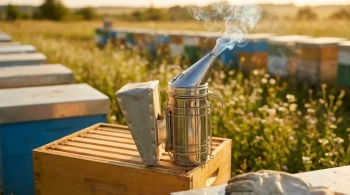
Is Your Bee Smoker Fuel Secretly Harming Your Hives? A Guide for Commercial Apiaries
5 days agoDiscover why common smoker fuels can agitate bees and hurt your apiary's productivity. Learn the science of calm smoke and find the right solution.
Learn More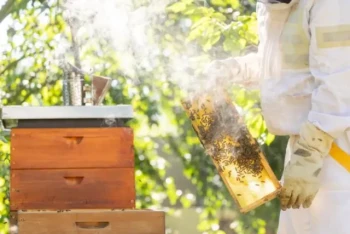
How to Choose the Right Bee Smoker Size for Your Beekeeping Operation
5 days agoLearn how to choose the right bee smoker size based on hive count, fuel efficiency, and workflow needs for optimal beekeeping productivity.
Learn More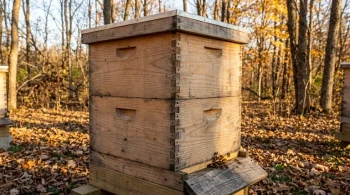
The Architecture of a Thriving Hive: Why Two Boxes Are More Than a Number
6 days agoDiscover why the two-deep hive body is the gold standard for colony health, brood rearing, and crucial winter survival in beekeeping.
Learn More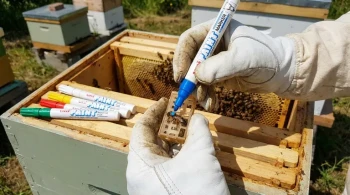
The Signal in the Swarm: Queen Bee Marking as a System for Clarity
6 days agoMarking a queen bee isn't just about finding her; it's a data system that transforms hive management from chaotic searching to rapid assessment.
Learn More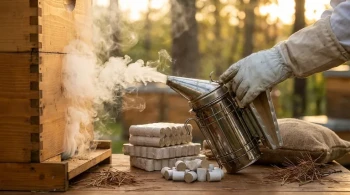
The Art of Persuasion: Why Your Bee Smoker Fuel is a Dialogue with the Hive
6 days agoChoosing bee smoker fuel is not just about smoke; it's a critical decision in bee psychology, risk management, and hive health.
Learn More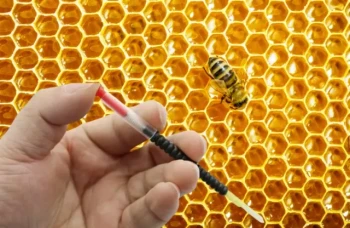
How to Master Queen Rearing with Precision Grafting Tools
1 week agoLearn precision queen rearing with grafting tools to boost larval survival rates and apiary productivity. Essential guide for beekeepers.
Learn More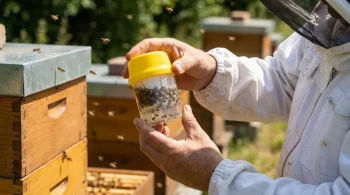
The Tyranny of Small Numbers: How a Simple Percentage Defeats the Varroa Destructor
1 week agoDiscover why the Varroa mite infestation percentage, not a raw count, is the critical metric for hive survival and data-driven beekeeping.
Learn More
Anatomy of Trust: The Engineering of a Proper Honey Pail
1 week agoDiscover why a food-grade honey pail is a critical investment in quality, not an expense. Protect your harvest from contamination and failure.
Learn More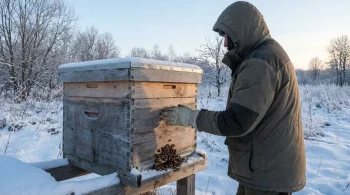
Beyond the Thermometer: The Systems Integrity of a Winter Beehive
1 week agoOpening a beehive below 50°F (10°C) isn't just a temperature risk; it shatters the colony's delicate thermal system, risking brood survival.
Learn More